English Market
See Cork from Above at the Model Railway Village
CORK'S STRANGEST SCULPTURE The city of Cork is home to one of Ireland's most unusual sculptures - a giant cork tree. At over 15 metres tall, it towers above the surrounding landscape and is visible for miles around. But what are the origins of this unusual sculpture? And why did someone decide to plant a giant cork tree in the middle of a boggy field? We take a look behind the scenes of this unique piece of art... THE ORIGINS OF THE GIANT CORK TREE In 2008, artist Paul Cummins bought a plot of land near Ballyvourney, Co Cork. He wanted to build something special there, and he knew exactly where he wanted to put his project. "I had seen some pictures of trees growing out of bogs," says Paul. "And I thought 'that's brilliant!' So I went looking for a suitable site." Paul found just the right spot, about 200 yards from the River Lee. He bought the land for €100,000 and began planning how he'd make his dream come true. First, he needed to find a way to grow a huge cork tree. After doing some research, he discovered that cork oak grows well in wet conditions, so he planted the seedlings in the river bed. Then, he waited patiently for the roots to develop. After three years, the tree had grown into a massive cork oak, and it looked like it might even survive. However, Paul wasn't prepared for what happened next. "One day, I noticed that the roots had been eaten away by slugs," explains Paul. "So I dug up the tree and took it to my workshop. I cut off the roots and replanted them in a big tub of water. Within 24 hours, the roots had regenerated themselves. They grew quickly and soon reached the surface again. This time, however, they weren't eaten away by slugs. Instead, they were covered in tiny white worms, which were eating the bacteria that cause rot. The tree was safe once more!" But Paul still had a problem. How could he keep the tree alive in such damp conditions? His solution came from nature itself. "I remembered reading somewhere that cork oaks produce spores," says Paul. "They're like little seeds that fall down to the ground and germinate. If you dig them up, they'll sprout again and grow into new trees."
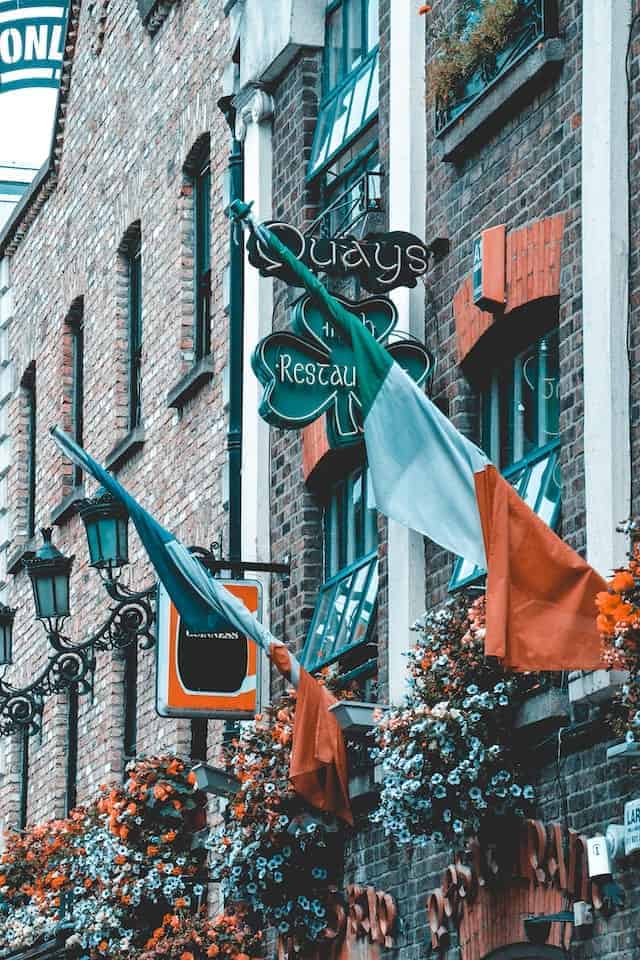
Walk the Old Railway Line to Crosshaven
This church is one of the most important landmarks of Cork City. It is located in the heart of the city and it dates back to 1815. Its unique design makes it stand out among other churches in Ireland. The building itself consists of three towers, each representing the Father, Son and Holy Spirit. On top of the tallest tower stands a beautiful clock that strikes every hour. Visitors can climb up the stairs and take a look inside the bell room where you can see the bells hanging there. There are over 300 steps leading to the highest part of the church. You can enjoy breathtaking views of the city while walking up those steps.
Visit the Seals near Garnish Island
Fitzgerald Park is a beautiful green area located in Cork City Centre. This park is perfect for people looking to relax and unwind with friends. There are many things to do here such as walking, cycling and boaters. You can even go fishing here too. Here are some of the highlights you can experience at Bishop Lucey Park: - A large grassed playing field surrounded by trees and shrubs - An outdoor gymnasium - A children’s playground - Two tennis courts - Three basketball courts - One football pitch
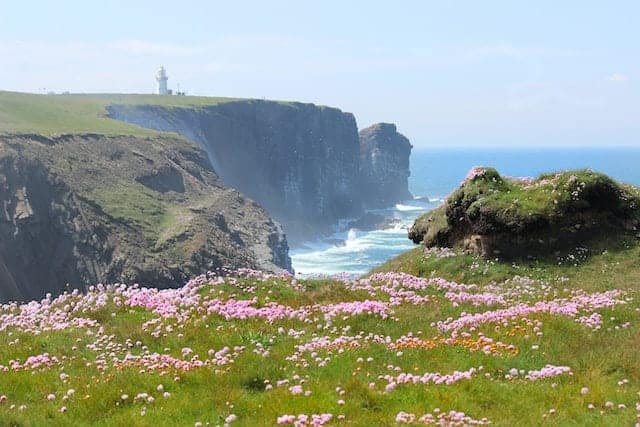
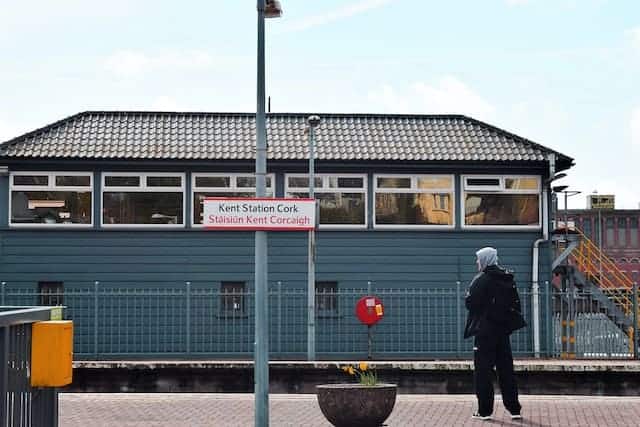
Try Out Night Kayaking in Lough Hyne
The Glucksman Gallery is one of Dublin’s most popular art galleries. Located in the heart of Temple Bar, it showcases contemporary Irish and international art. Its permanent collection includes works by Francis Bacon, John Currin, Damien Hirst, Richard Deacon, Peter Doig, Tracey Emin, Pauline Boty, and others. The gallery also hosts temporary exhibitions throughout the year. The Glucksman Gallery was founded in 1982 as a result of an initiative from the then Minister for Arts, Noel Treacy. It opened its doors to the public on the 16th of October 1983 with an exhibition of paintings by Francis Bacon. Since then, the gallery has been at the forefront of Ireland’s contemporary art scene, hosting some of the world’s leading artists
Catch a Trad Session in Sin É
The Lee Walkway is a walking trail along the banks of the Lee River that connects downtown Richmond to Shockoe Bottom. The pathway runs along the former CSX rail line, which used to transport coal from mines near Glen Allen to the port. Now it serves as a recreational space for locals. In 2017, the city opened up the path for pedestrians and cyclists. There are four main sections of the walkway — one each in downtown Richmond, Shockoe Bottom, West End and Scott’s Addition. Each section offers different experiences. The walkway starts just outside the Fan District in downtown Richmond. The route passes by the Virginia Museum of Fine Arts and ends in Shockoe Bottom. You can see the river and enjoy views of Downtown Richmond from there. The next segment takes you across the James River into West End. Here, you can stroll around local shops and restaurants. The final stretch leads you to Scott’s Additon. This area is home to many breweries and bars. If you’re looking for a drink, stop here.
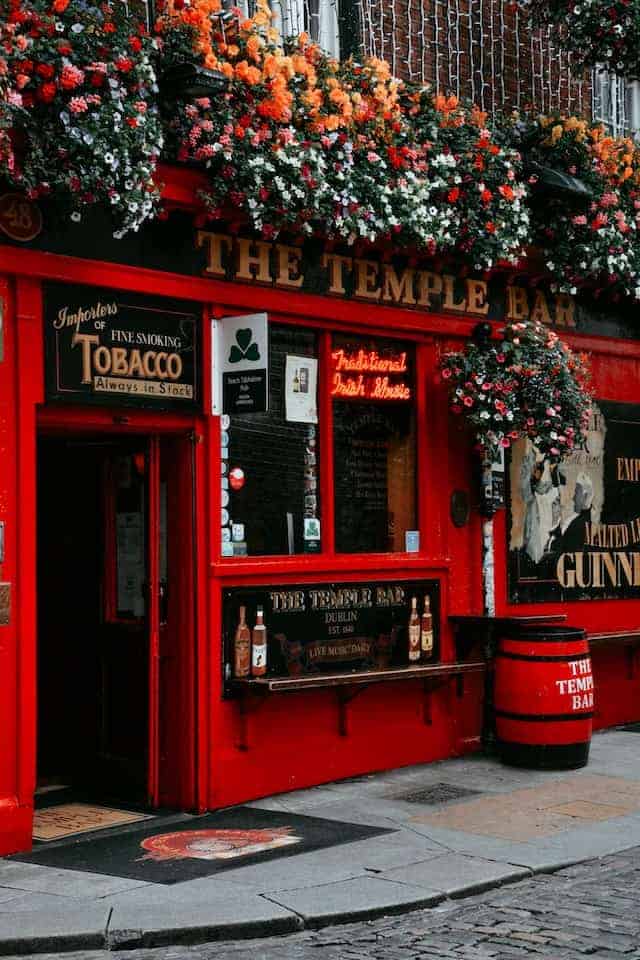
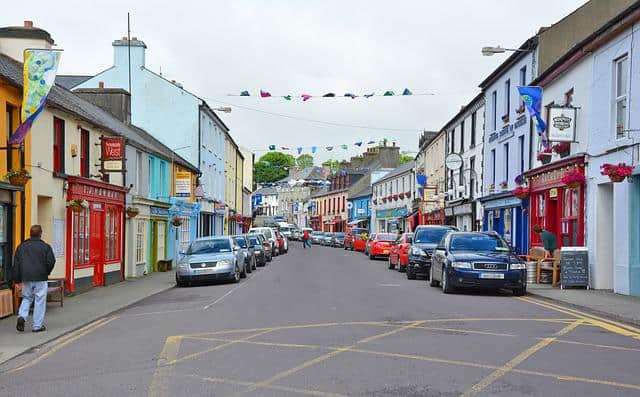
Feed the Ducks at The Lough
Cork offers something for everyone – whether you want to explore the city’s rich heritage, enjoy some great music festivals, or simply relax on one of our beautiful beaches. Whether it’s a short break or a longer trip, there are plenty of reasons why Cork is a great place to visit. Here we take a look at what makes Cork such a popular destination. CORK FESTIVALS The famous Cork Festival attracts thousands of visitors every August. Held over 10 days, the festival features live performances, street theatre, exhibitions, parades, fireworks displays, children’s activities and much more. There are also lots of family friendly attractions including the Guinness Storehouse, the Butter Museum, the River Lee Estuary Walkway, the Zoo and many others. If you fancy a different type of festival experience, check out the Cork Jazz Festival held each September. This event showcases local and international jazz musicians and draws crowds of up to 50,000 people. You can catch world class acts like George Benson, Kenny Barron, Branford Marsalis and many more. There are also several smaller festivals throughout the year. These include the Cork Film Festival, the Cork Fringe Theatre Festival, the Cork Literary Festival and the Cork Opera Festival. Each of these events showcase a range of artists and performers. They are usually free to attend and open to the public. MUSIC FESTIVALS One of Ireland’s most well known music festivals is Electric Picnic. It takes place annually in Stradbally, Co Laois. Every summer, tens of thousands of music lovers descend upon this picturesque location to listen to some of the biggest names in rock, pop and indie music.
Go Stargazing at Blackrock Observatory
This place is great for kids and adults who love trains. You can see the model railway village from above and take a ride on the miniature railway. There are over 300 models displayed here. They cover every aspect of rail transport including locomotives, passenger cars, freight wagons, rolling stock and much more. The village includes a steam loco, diesel shunter, electric multiple unit, cab car, goods wagon, mail van, cattle truck, coal hopper, coal tipper, flatcar and many others. You can even walk inside some of the models. Some of them have been restored to working order while others are still fully operational. There is a miniature railway where visitors can hop aboard the train and travel around the village.
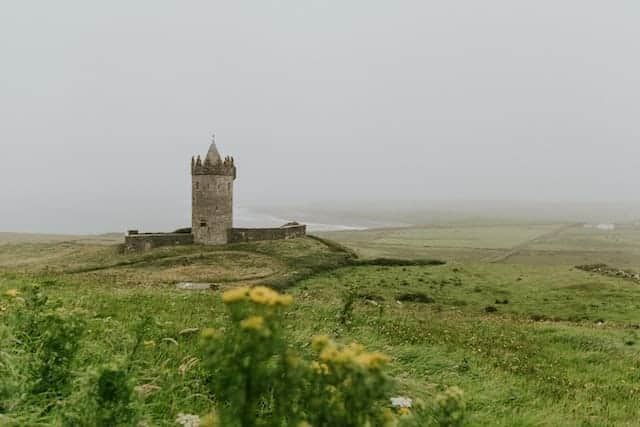
Does it rain a lot in Cork Ireland?
According to data issued by the Weather Channel, Cork has a fair amount of rainfall a year. There is an average of 54 inches of precipitation a year, with 16 to 18 being the average amount of precipitation each month. There are 89 rainy days each year as well, which converts to an average of just over three rainy days each month.
How many days do you need in Cork?
You'll want at least two days in Cork if you're visiting for the first time; one day is enough if you've been before and just want to get an update on what's new and exciting in town!
Do snakes live in Ireland?
Ireland snakes typically live in the mountainous areas and forests in the west to prevent exposure to the heat of summer. They may live in Ireland's cities and farms. Ireland's snake species include the Adder, Grass Snake and Smooth Snake.